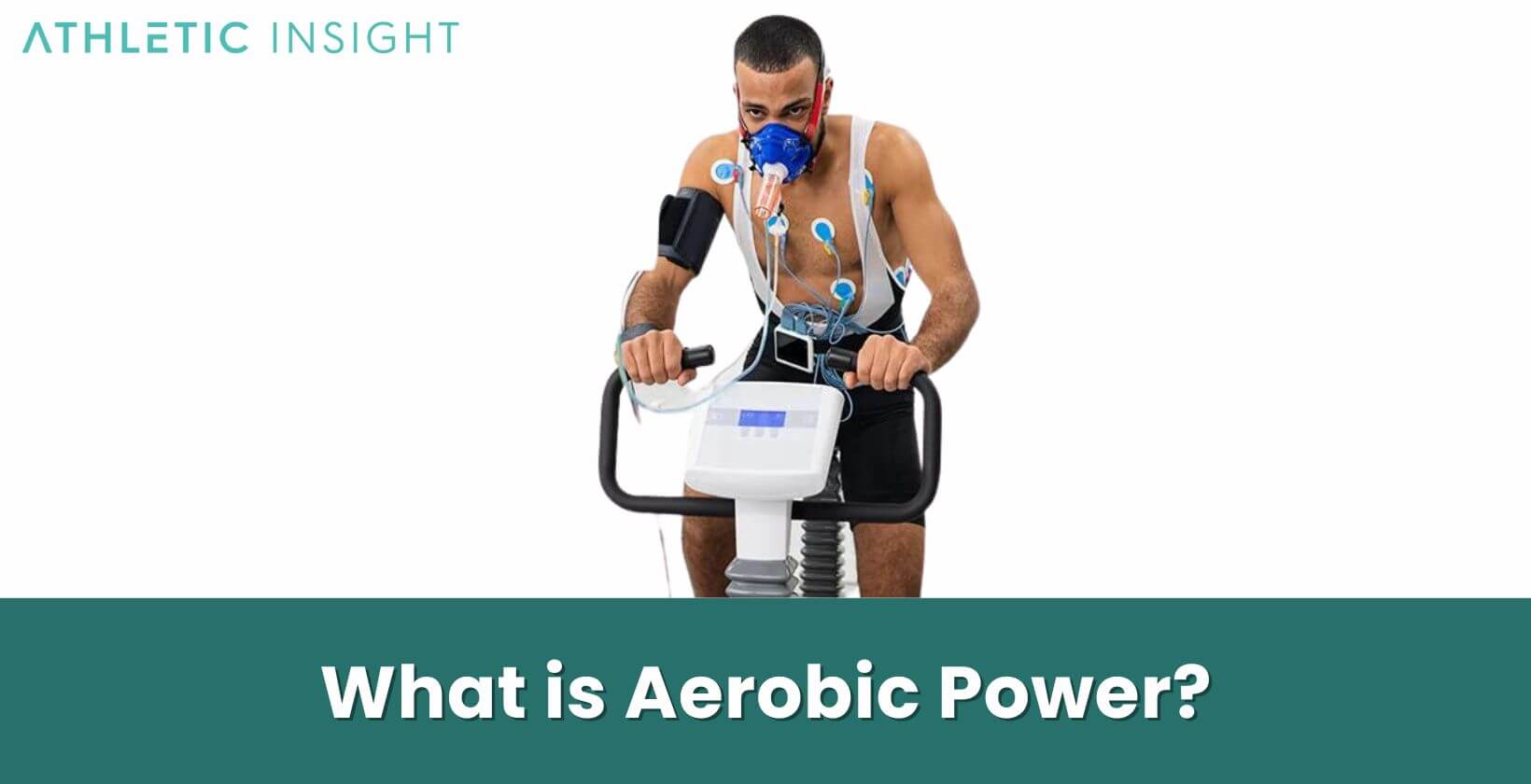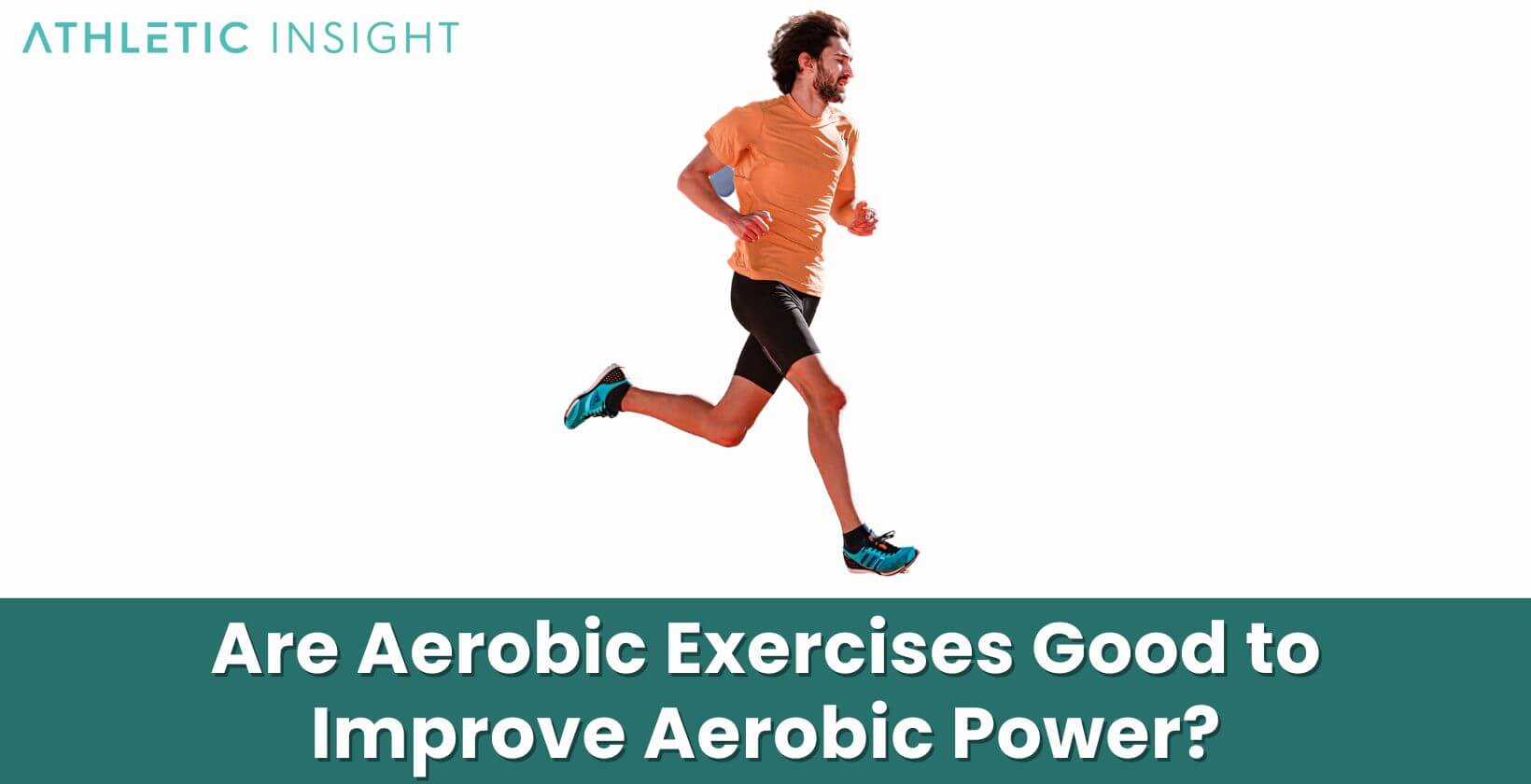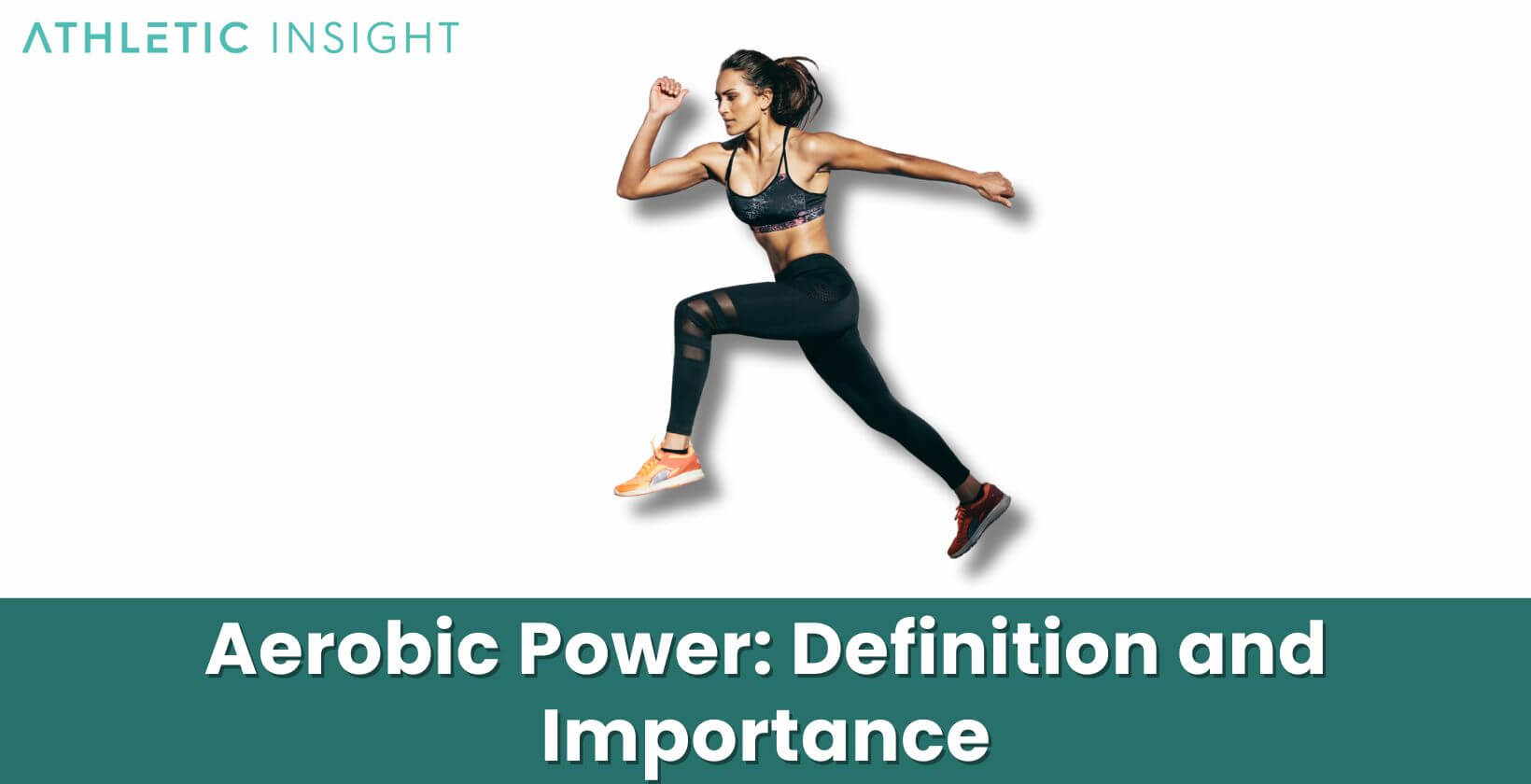When it comes to physical fitness, aerobic power is a term of extreme importance. At its core, aerobic power dives deep into the peak rate at which the human body utilizes oxygen during strenuous activities. In essence, this is the very fabric of what determines an individual’s athletic prowess. Whether one is talking about improving one’s aerobic capacity or discussing the intricacies of aerobic power intervals, the underlying theme remains, how can one maximize the body’s efficiency in consuming oxygen during exercise?
With an increasing number of people turning towards physical training, understanding and improving aerobic power has become a cornerstone for achieving fitness goals. This doesn’t just impact athletes; the ripples of its significance touch anyone striving for better health. From sprinters pushing their limits on tracks to everyday fitness enthusiasts aiming to improve their stamina, aerobic power opens doors to optimizing performance.
What is Aerobic Power?
Aaerobic power, often encapsulated as “VO2 max”, is the maximum volume of oxygen an individual can consume per unit of time. This is measured through specific exercises and measuring equipment that track oxygen consumption, yielding results generally in milliliters of oxygen used in one minute per kilogram of body weight.

The emphasis on aerobic power in the sports science community is not without reason. Not only does it serve as a benchmark for athletic capability, but it’s also an insightful metric that reflects cardiovascular and respiratory efficiency. It tells trainers, coaches, and the athletes themselves just how well their body’s systems are working together during periods of intense exertion.
Is Aerobic Power and Aerobic Capacity the same?
No, aerobic power and aerobic capacity are not the same. While the terms are frequently used interchangeably, they touch upon different aspects of fitness. Aerobic power zeroes in on the maximum rate of oxygen use during high-intensity activities. It’s a snapshot of one’s peak performance. Aerobic capacity, on the other hand, is a broader term. It reflects the total energy-producing ability of one’s aerobic system over time. In many ways, it’s the endurance counterpart to the sprint-like nature of aerobic power.
This distinction isn’t mere semantics; it holds tangible consequences. For instance, a marathon runner might possess an exceptional aerobic capacity, allowing them to run long distances. Still, a 100-meter sprinter might have a higher aerobic power, letting them exert more force in a short timeframe. Both metrics are critical, but their relevance shifts based on the athletic discipline in question.
What is the importance of Aerobic Power?
The prominence of aerobic power in the fitness realm isn’t just an academic interest. It has profound implications for both athletes and general fitness enthusiasts. A robust aerobic power means one can engage in high-intensity activities for longer durations, be it a sport or a rigorous workout session. Such a capability isn’t just about breaking records or winning medals; it speaks to a well-functioning cardiovascular system, an efficient respiratory process, and overall optimal health.
When dissected, the value of aerobic power becomes evident in daily life as well. Activities that leave many breathless, like climbing stairs, become more manageable. The risk of cardiovascular diseases decreases, and even the body’s metabolism works better, aiding in weight management. It’s this amalgamation of benefits that elevates the importance of aerobic power from mere athletic performance to overall well-being.
What is the purpose of Aerobic Power?
Aerobic power holds a dual purpose. On one hand, it is a clear indicator of physical health and fitness. A person with higher aerobic power can perform strenuous tasks with relative ease, demonstrating the capability of their heart and lungs to supply muscles with oxygen. This proficiency can translate to an improved quality of life, where daily activities become less taxing, and the body’s resilience to fatigue increases.
On the other hand, in the sporting world, aerobic power becomes a critical metric. Athletes and coaches leverage it to gauge an individual’s performance potential. With such knowledge in hand, training regimens can be tailored to optimize strengths and work on weaknesses. From team sports like soccer and basketball to individual endeavors like long-distance running, aerobic power stands as a testament to an athlete’s potential and the efficiency of their training.
How Does Aerobic Power Affect Sports Performance?
Across various sports, aerobic power plays a vital role in determining how an athlete will perform. Sports that demand continuous physical exertion, like long-distance running, cycling, or rowing, rely heavily on one’s aerobic power. The higher this power, the longer an athlete can sustain peak performance. It’s the difference between maintaining a consistent pace throughout a race and running out of steam midway.

Even in sports that aren’t endurance-centric, like basketball or tennis, aerobic power can make a significant difference. It dictates recovery speed during short breaks, allowing athletes to bounce back quickly. Plus, with a robust aerobic system, athletes can maintain a high level of play for longer durations, making the difference between a victory and defeat in many closely contested matches.
How to improve Aerobic Power?
Improving aerobic power is a goal many people chase, be it professional athletes or individuals seeking enhanced fitness. The journey typically begins with endurance training. Long, steady runs, cycling sessions, or swims train the body to enhance its oxygen utilization. Gradually increasing the intensity and duration of these activities pushes the cardiovascular system, honing its efficiency over time.
Besides endurance activities, interval training proves beneficial. Here, one alternates between high-intensity bouts and periods of rest or low-intensity exercises. This back-and-forth shocks the system, compelling it to adapt, which in turn amplifies aerobic power. Consistency is crucial, and so is ensuring that the body gets adequate rest to recover and rebuild stronger than before.
Is HIIT an effective exercise to improve Aerobic Power?
Yes, High-Intensity Interval Training (HIIT) is an effective exercise to improve aerobic power. HIIT revolves around short, intense bursts of exercise followed by brief recovery periods. This rigorous shift between high and low intensities trains the cardiovascular system to handle stress, thereby enhancing its efficiency. It’s like flexing a muscle repeatedly, each time pushing it a bit further, making it stronger in the process.
Another merit of HIIT is its time efficiency. In relatively short sessions, it delivers benefits comparable to, or even surpassing, longer periods of steady-state cardio. That said, while its efficacy is undoubted, individuals should approach HIIT with caution, ensuring they’re fit enough for its demands and always warming up properly to minimize injury risk.
Are Aerobic Exercises Good to Improve Aerobic Power?
Yes, aerobic exercises, like running, swimming, or cycling, are foundational to improving aerobic power. These exercises, especially when sustained over extended periods, train the heart and lungs to function more efficiently. As one’s body gets accustomed to the demands, it responds by enhancing its capability to transport and use oxygen, directly influencing aerobic power.

For individuals new to exercise, even simple aerobic activities, like brisk walking, can make a difference. The key is consistency and gradual progression. Over time, as endurance builds, one can tackle more intense exercises, continuously pushing the envelope and setting the stage for improved aerobic power.
What is a good maximum Aerobic Power?
A good maximum aerobic power, commonly referred to as VO2 max, varies based on several factors, including age, gender, and physical fitness. In general terms, VO2 max is the highest rate at which an individual’s body can consume oxygen during intense exercise. For an average male, a VO2 max ranging from 35 to 40 ml/kg/min is considered satisfactory, while for females, a range of 27 to 31 ml/kg/min is typical. Naturally, elite athletes, especially endurance ones, boast considerably higher values.
It’s essential to understand that while higher VO2 max values indicate superior aerobic power, it’s just one component of overall athletic prowess. Other factors like muscular strength, agility, and mental endurance also play a vital role in one’s performance capabilities.
What is the maximum Aerobic Power output?
Maximum aerobic power output is the peak performance level an individual can attain while relying predominantly on aerobic energy systems. This output often gets associated with VO2 max. Elite male endurance athletes can exhibit a VO2 max above 80 ml/kg/min, while their female counterparts might register values over 70 ml/kg/min. These figures represent the higher echelons of human performance.
Still, while such figures are impressive, they don’t guarantee success in athletic endeavors. Racing strategies, mental toughness, and other physiological factors often come into play, especially in competitions. However, a higher aerobic power output still provides a competitive edge, underpinning prolonged high-intensity efforts.
What is the difference between Aerobic Power and Endurance?
Aerobic power and endurance, though related, target distinct aspects of fitness. Aerobic power (VO2 max) refers to the maximum rate at which the body can use oxygen during exercise. It represents the body’s capacity to transport and utilize oxygen, reflecting the potential for high-intensity efforts over short durations. On the other hand, endurance signifies the body’s ability to sustain moderate-intensity exercises over extended periods.
Imagine a sprinter versus a marathon runner. The sprinter might have a high aerobic power, enabling them to run at a lightning-fast pace but only for short distances. In contrast, the marathon runner excels in endurance, maintaining a consistent speed over the marathon’s length. Both attributes, power and endurance, are essential, but their importance varies depending on the sport or activity in question.



